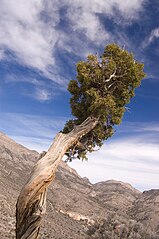It is a bit of a bulge, isn't it. I am certain there are some rude jokes ITTL about that....
On the other hand, I believe that in fact the bulge is easier to administer than the current border division. Certainly easier when it comes to interstate water rights, which is kinda a big deal in that part of the world.
I am glad you like it, and yes, there is some precedent for it. Basically they ran out of non-controversial presidential names, and the older naming systems were getting harder for that region to apply, thus someone thought to come up with a different (or perhaps retro) way of doing things.
Note that Idaho and Wyoming are very low probability state names in most timelines. Montana moderately so.
Ah, but what else would they do. It is a moral compromise struck by the founding fathers themselves, and quite frankly no one could come up with anything better that still allowed for American Manifest Destiny.
Well, yes and no. They aren't fully throwbacks - cultural creep is happening up there, mostly through the Francophone north, but this will be synthesis and evolution rather than replacement. More in future...
Convergenists!

